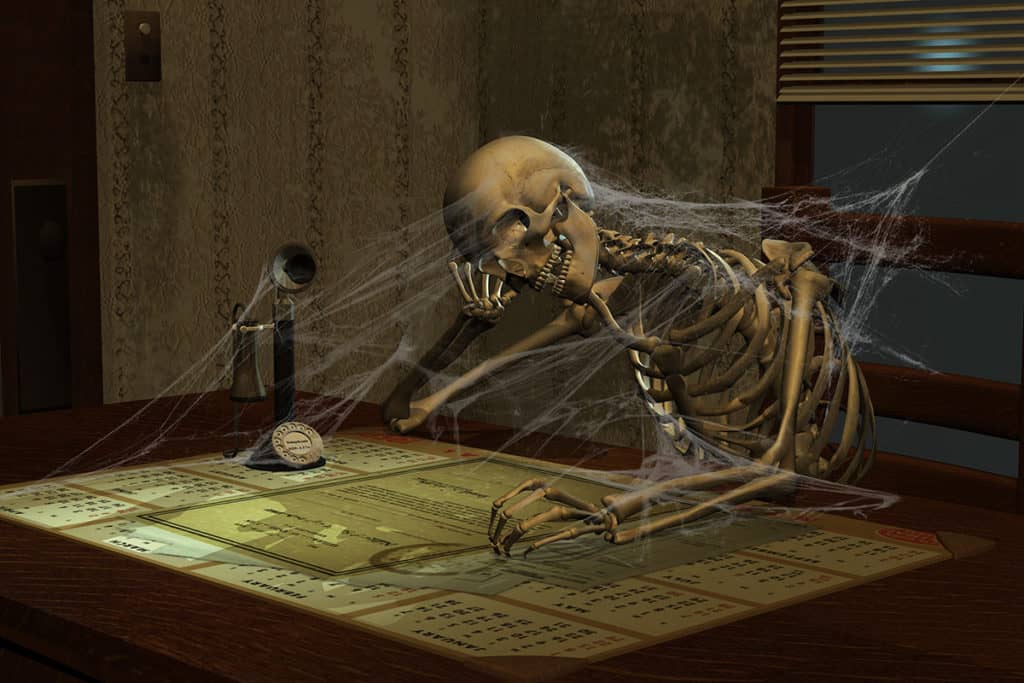The Human Rights Commission saw the issue as nothing more, and nothing less, than a discrimination case where a specific person suffered specific harms.
The previous post summarized the Canadian Civil Law system. Here, we follow Jérémy Gabriel’s discrimination case from the Quebec Human Rights Commission to the Supreme Court of Canada.
Jérémy Files A Complaint
If we consider Ward v. Quebec, the route to the SCC went as follows:
1. Jérémy Gabriel and his parents filed a discrimination complaint against Mike Ward with the Commission des droits de la jeunesse (Quebec Human Rights Commission). As part of their complaint, they were required to provide detailed evidence of every incident they could think of, and include potential witnesses.
2. The Commission investigated to determine if the complaint fell within their jurisdiction (discrimination), and if it had enough substance to be heard by the tribunal.
The Commission Represents Jérémy
Not only did they believe there was enough evidence, the Commission des droits de la jeunesse even chose to represent the claimant at the tribunal. As Commission legal director Athanassia Bitzakidishis has noted, this support is optional:
3. Because the Commission chose to bring the complaint forward themselves, they became the plaintiff. The tribunal case is therefore known as Commission des droits de la jeunesse v. Mike Ward . Ward could choose to have a lawyer or he could represent himself.
The Tribunal Agrees It Is A Case of Discrimination
4. After examining all the evidence, it was clear that everyone agreed on the facts. The only question was whether the behaviour was discrimination under the law. The Tribunal ruled that it was, and gave Jérémy and his mother each a combination of moral and punitive damages.
Mike Ward Says He Is The Victim
5. At any time during this process, Mike Ward could have asked to sit down with Jérémy Gabriel and his parents to discuss a settlement. Even if he believed he had a legal right to say and post his “jokes,” Ward could have chosen to recognize the harm caused to a child, and asked how he might make amends. Ironically, despite the harm he now realized Jérémy Gabriel had suffered, Mike Ward saw himself as the victim, with his right to free speech being violated. He “took the 2016 decision personally, he says, and began obsessing over the concept of free speech.” Ward appealed to the provincial court of appeal.
6. With Mike Ward now the plaintiff and the Commission now the defendant, the appeals court case is known as Mike Ward v. Commission des droits de la jeunesse. In a 2-1 ruling, the Court of Appeal agreed with the Tribunal’s decision, but once again, Mike Ward appealed, this time to the Supreme Court of Canada.
The Supreme Court Had A Choice
7. The Supreme Court turns down far more applications each year than they hear. In 2022, for example, only 35 of 478 requests were granted. If rejected, they are under no obligation to give their reasons. One might argue that the SCC’s better choice would have been to stay silent and wait for a “free speech vs discrimination” case that did not involve an adult bullying a child. The court could have left this particular case as an isolated incident holding no authority over anyone else.
8, But they didn’t. Instead, the SCC agreed to hear the case. Although its full citation is Ward v. Quebec (Commission des droits de la personne et des droits de la jeunesse), you will hear the decision referred to as Ward v. Quebec, Ward, or the Ward court. And as you have seen, the SCC reversed the earlier decisions, deciding that no discrimination—as defined by law—had occurred.



